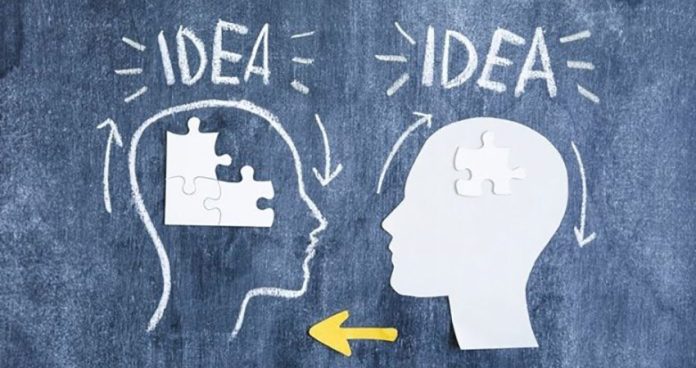Transfer learning is a part of a machine learning technique that focuses on storing and gaining knowledge, i.e. learning and solving a problem faced in one project/model and applying it to other projects/models to minimize the issues and maximize the results.
For example – the knowledge gained to recognize cars can also be used to recognize trucks.
There are two important types of Transfer Learning:
- Near Transfer – It is a technique where one can apply learnings from one project to another project, which is very similar.
- Far Transfer – It is a technique to apply knowledge of one project to another project in a different context. This type of learning is critical as it helps the users apply those learnings in all kinds of situations, be they simple or critical.
Transfer learning is particularly useful when we have a limited amount of data for one task but have a large volume of data for another task.
During the process of transfer learning, the user must know the following three things:
What to transfer: This is one of the most important steps in the whole process.
Here, a user should try to find out the answers about which part of the knowledge can be moved from a defined model to another model in order to maximize the performance.
When to transfer: Here a user uses transfer learning to improve performance and not degrade it. The user should be careful about when to transfer and when not to.
How to transfer: Once a user knows what they should transfer and when it should be they should find out or identify the ways the knowledge/learning can be transferred.
This can involve using different techniques.
How does Transfer Learning work?
Working on transfer learning depends upon the following two models and which model the user selects. Here are the two:
Develop a Model Approach
In this type of approach, the user needs to develop a model as per his requirements and then match the specifications of a developed model/prototype with the requirements of the final product.
The user needs to follow some steps under this approach. These are:
Selecting Source task – The user must collect some data regarding the model he wants to make, such as specifications, design, concept, and other information.
Developing a Model – Next, the user must create a model by looking out at the information he has gathered. The user should remember that the model he is making should contain some features of the actual product he wants to make.
Reusing the Model – The model that is made by the user should be used as the starting point of a model that he will use for the second product.
Here the user can use all the working techniques he used in the previous models or products he made.
Tuning a Model – The user can tune a model as per his requirement or as per the demand of the product.
Pre-trained Model Approach
In this type of Approach, the models are already present with the user. The user needs to follow some steps under this approach. These are:
Selecting a Source Model – The user needs to choose a source model from the models he is already having. The models can be based on large or small datasets depending upon their specifications.
Reusing a Model – The pre-trained model, which is selected by the user, can now be used as a new point for developing a new model.
Here, the user can use all the parts of the model as per his technological requirement.
Tuning a Model – The user can tune the model as per the new requirements or as per the demand of the product
The pre-trained Model Approach is a widely used approach for Transfer learning.
Also read: Best Game Development Software to Watch out for in 2024
Applications of Transfer Learning
Transfer Learning is widely used in today’s world. Many new technologies are based on transfer learning. Let’s see some of them:
Simulation:
Generally, the enablement procedures of machine learning systems use simulation in the real world. The objects and the source look different in simulation as it cannot duplicate all the reactions of the real world.
Simulations help a user to learn and gather data and also help in training purposes.
Simulations are widely used in gaming and are also used by Google to develop its maps and train users about self-driving cars.
Robotics:
Transfer learning is also present in robotics. Developing a robot and training it in the real world can be expensive for a company.
Here, robots receive training and get simulation abilities so that they can carry out activities to make human tasks simple.
Another use of transfer learning is that robots can do a lot more than a real human being like it can be helpful in medical treatments.
NLP Tools:
NLP stands for Natural language processing. The method of deep learning has inspired the design of these tools that interpret a free text and can help in analyzing it.
NLP examines patterns in the data which is provided by a user which helps in improving the program’s understanding.
Conclusion
Transfer learning is useful when a user has insufficient data for a new model/domain. It can help a user identify technical problems so that the user can rectify them and maximize performance.
Recommended For You:

